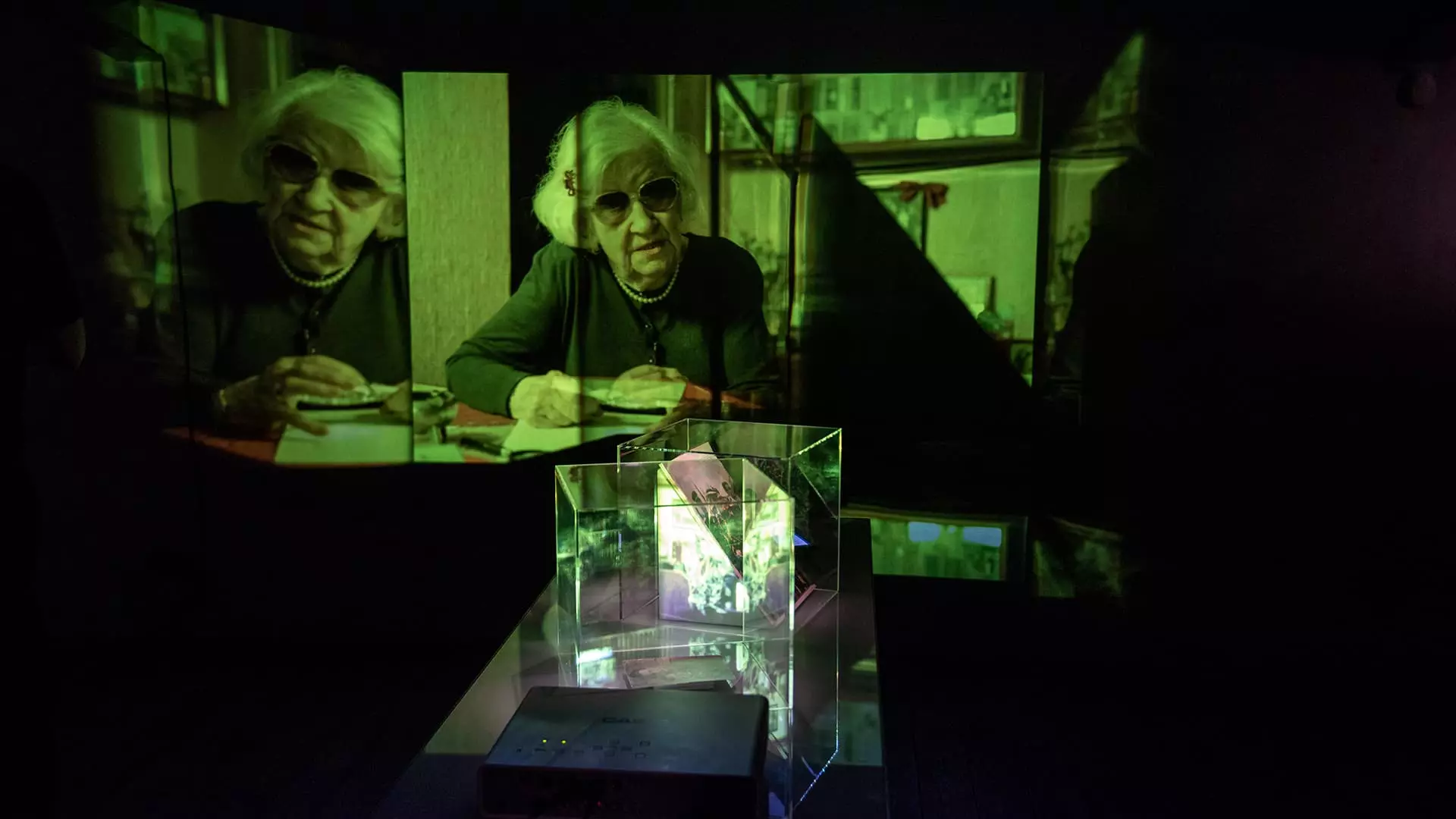

Creating exposures in museums is not easy placement of information in space, but is always the organization of the work of a multidisciplinary team. And therefore, the exhibition designer has knowledge and skills inherent in representatives of different spheres from the production chain of the exposure creation: architecture, lighting design, psychology of perception, marketing, producing. Architect and designer, teacher of the "Exposition Design" course in the architectural school Marsh Alexander Zyuzin told about who such an exhibition designer and what to become.
Alexandra Zyuzin architect, designer, lecturer "Exhibition Design" in the Architectural School March
It is believed that the design of exhibitions can develop only an architect or an interior designer. However, these professions include many knowledge and skills, not at all mandatory for designer of expositions. They require a lot of effort and time to master and do not affect the exposable aspects specific. You have to take knowledge on your own, with no qualitative literature in Russian, nor the integrated learning of this particular profession is not yet observed. Let's try to figure it out what kind of profession and what you need to know and be able to engage in the design of the exhibitions.Sensitivity and 30th
The basic skill of any designer is the ability to acutely perceive the world around the world and redirect their emotions to the creative process. Taking emotions and feelings can almost all, with the exception of suffering from specific pathologies, it is important only to listen to their feelings, develop, enrich and fow your impressions from different arts, places and events. Create alleged things to be able to be able to be able, and this skill is acquired. It is important to attend good exhibitions, consider them in detail, trying to understand what and how it is done why they cause certain emotions and impressions. It is better to record your observations - write or sketch. No need to hope for photographing, because an active process with physical and creative involvement is important here: while we are trying to describe their feelings, we work out them.
Exhibition "0.8.5" in the Museum of History of the Gulag, Authors - Students of the first flow of the "Exhibition Design" course, 2020
Creative thinking
At the exhibition, we usually come for new impressions in order to enrich our inner world, experience fresh emotions and learn something new. Rudolf Steiner, the founder of Anthroposophy, argued that the best ways are developing with the help of allegory and allegory. To create a design of the exhibition, it is important to be able to apply figurative thinking. Whatever the topic of the exhibition, it is necessary to present it in space, translate into the language of physical and / or digital mediums. The meanings laid down by the authors or curators to help the visitor to perceive them. But if you do it straight, the impressions will be spoiled, or only the most superficial feelings will remain.Emotions and the behavior of the audience at the exhibition "0.8.5" in the Museum of History of the Gulag
Ability to analyze
To synthesize the successful idea of the exhibition, you must first figure out the material. Regardless of the amount of material, the exposurener is important to maintain the severity of attention and study in detail everything related to the future exhibition: a curatoriary; history of the stated topic, objects, personalities; precedents exhibiting similar those in the city, in the world; Features collection; The building itself and the exhibition space, its ideological and technical limitations. Often there are no many data, no one provides them, and you have to play a detective a little to get information.
Exhibition "0.8.5" in the Museum of History of the Gulag, Authors - Students of the first flow of the "Exhibition Design" course, 2020
Working with space, collection, viewer
The curatorial concept rarely contains clear instructions, as needed to place exhibits in the halls. Sometimes there is no curator himself. The designer itself needs to be able to figure out how to group objects and how to spend visitor on them. Here you will need the skills of the scenograph, and a furniture designer. Routes can be both clearly specified and variable, with the possibility of interpretations. It is necessary to understand how the attention of the visitor is arranged (observe the behavior of people at exhibitions) and how to manage. There are many tools for this: light, sound, graphics, density and developmental development, species perspectives, etc. You need to be able to treat them or know how they work to competently put the task of a specialist.Exhibition "0.8.5" in the Museum of History of the Gulag, Authors - Students of the first flow of the "Exhibition Design" course, 2020
Technical skills, market knowledge and norms
In order to realize the conceived idea of the exhibition, it is necessary to imagine it in some formal form; First, those who agree to the idea and budgets, then - those who will deal with the development. Cases are different, but ideally you need to draw the plan, cuts and sweeps of development, drawings of special products (stands, stands, and other objects that are not sold in the finished form), light and multimedia schemes, visualize key perspects. This can be done in different programs (quickly and accurately) or by hand. Someone happens just a detailed layout and text instructions. However, in order to design the development, you need to know the local material market well, understand how to collect one or another design, which production capabilities are available. And also remember that any open exhibition unfolds in a public space, and it means that certain norms are distributed: the impact and fire fluorism of products, the availability of visits to different categories of people, etc.
Exhibition "0.8.5" in the Museum of History of the Gulag, Authors - Students of the first flow of the "Exhibition Design" course, 2020
The knowledge and skills indicated above will be enough to start practicing in the profession. This is not a complete list, and it cannot be final, because the profession develops and changes constantly, according to changes occurring in the museums, exhibitions, art, everyday life. Successful exposer can be if you are ready to devote to this lesson your strength and time, constantly learn and deepen your knowledge.
And you can start this path on the Intensive Pro "Exposition Design" in the Architectural School of March since March 13.
Photos are provided by the press service march.
